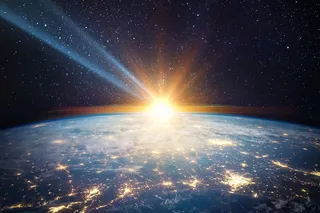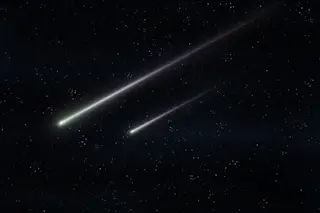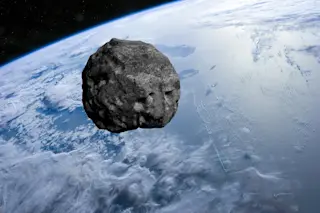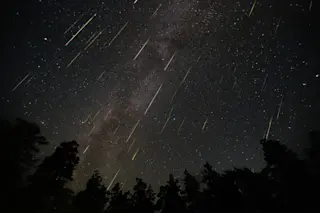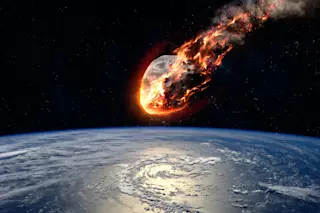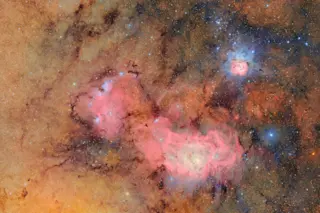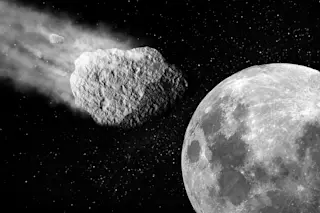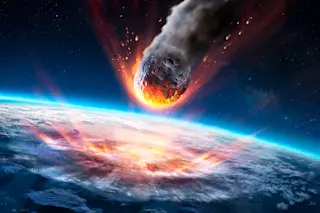This artist's concept shows Japan's Hayabusa spacecraft collecting tiny dust grains from the asteroid Itokawa. (Credit: JAXA) Japan's asteroid-visiting Hayabusa spacecraft wasn't a complete disaster, but it definitely got off to a rocky start. Launched in 2003, the world's first sample-return mission was quickly sidelined when it was struck by charged particles from a powerful solar flare shortly after its launch. Despite this, Hayabusa eventually reached its target — the loosely bound asteroid Itokawa — in late 2005. Hayabusa was equipped with a miniature lander meant to hop along the surface of the asteroid. But, in another faux pas, the lander was unceremoniously lost into space shortly after its deployment. Fortunately, Japan's space agency, JAXA, still managed to touch down on asteroid Itokawa with the main Hayabusa spacecraft, which kicked up teeny dust grains that it collected and stored for its return to Earth. On June 13, 2010, Hayabusa earned ...
Spacecraft Sample Reveals Age of Asteroid Itokawa
Discover the remarkable journey of the Hayabusa spacecraft and its asteroid Itokawa sample-return mission, revealing cosmic history.
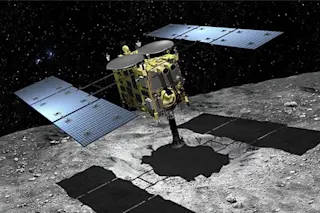
Newsletter
Sign up for our email newsletter for the latest science news
Jake Parks
Jake Parks is a freelance science writer and editor for Discover Magazine, who covers everything from the mysteries of the cosmos to the latest in medical research.View Full Profile
More on Discover
Stay Curious
SubscribeTo The Magazine
Save up to 40% off the cover price when you subscribe to Discover magazine.
Subscribe



